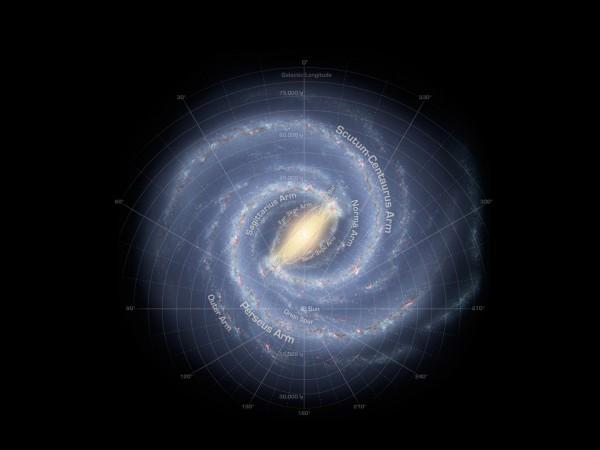
A new research report has revealed that Andromeda galaxy, the cosmic neighbour of our Milky Way is in a killing spree, and it may devour our galaxy in another 4.5 billion years. It should be noted that most big galaxies used to devour smaller galaxies, and considering the size of Andromeda, Milky Way may sometimes emerge as a slouch in the galactic war.
The study report published in the journal Nature also revealed that Andromeda has a very cannibalistic past, and over the course of years, it has devoured many galaxies. Scientists who took part in this research made this conclusion after analysing data collected from five different telescopes.
During the study, researchers observed the diffuse halo of stars at the edge of Andromeda's orbit and discovered at least two clusters of stars with entirely different trajectories that didn't seem to match the rest of the galaxy. After calculating the estimated age of these star clusters, experts came to the conclusion that these are actually remnants of two dwarf galaxies which were gulped by Andromeda in the past.
"Andromeda has a much bigger and more complex stellar halo than the Milky Way, which indicates that it has cannibalized many more galaxies, possibly larger ones. Knowing what kind of a monster our galaxy is up against is useful in finding out the Milky Way's ultimate fate," said Dougal Mackey, an astronomer at Australian National University and the lead author of the study in a recent statement.
A few months back, another study report had suggested that Milky Way will collide with the Large Magellanic Cloud (LMC) within the next 2.5 billion years, much earlier than the expected collision with Andromeda galaxy. However, when Milky Way collides with the LMC, our galaxy will eat the comparatively small LMC without any kindness.
It should be noted that Milky Way is more than 1,00,000 light-years wide, while LMC is just 14,000 light-years wide.

















